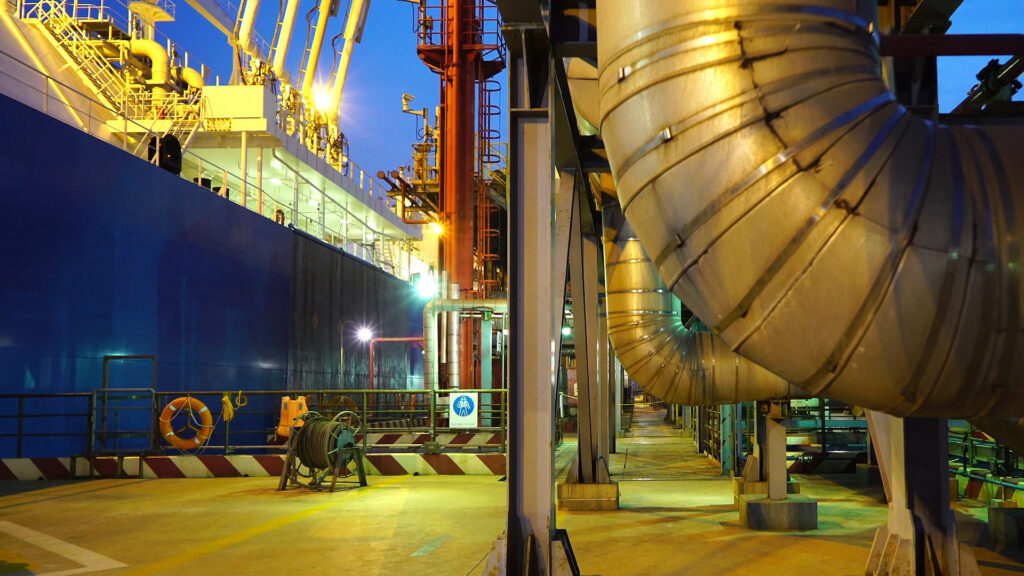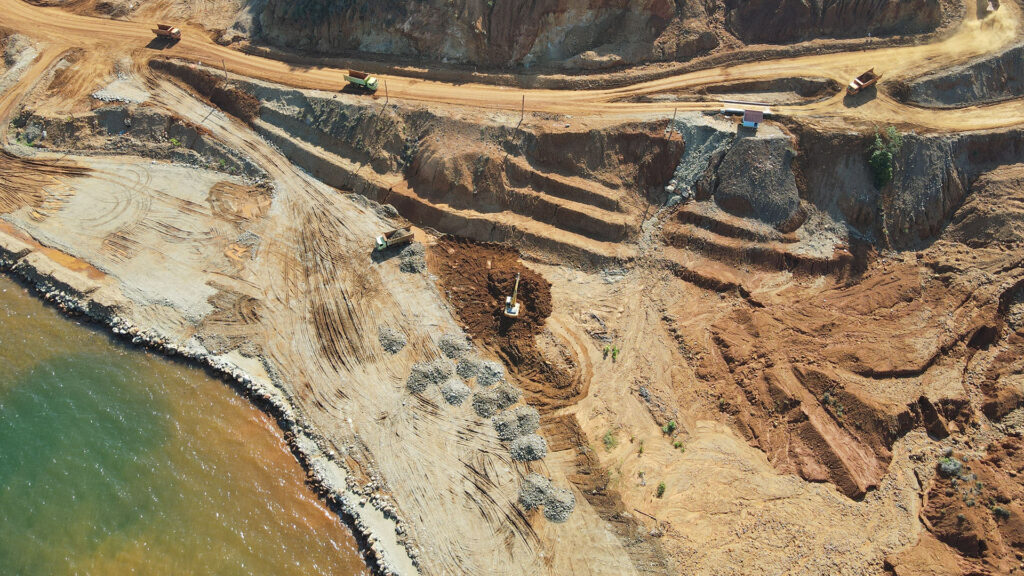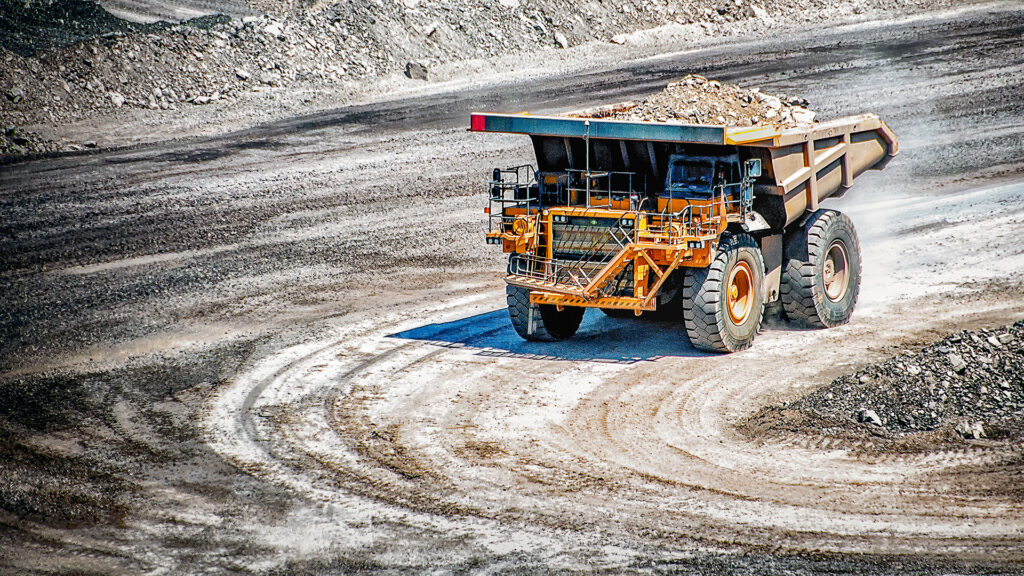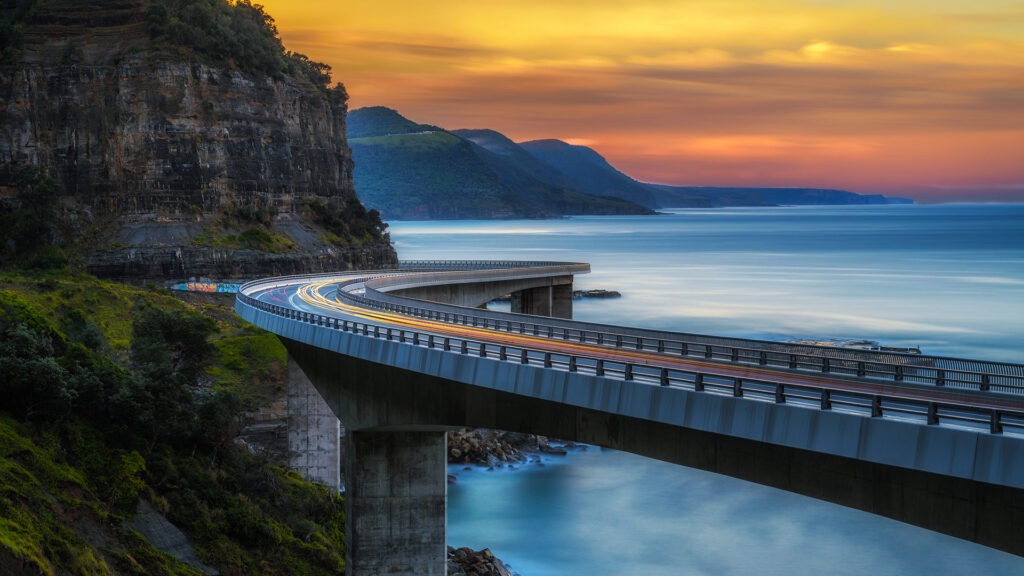
NH3 News: Is ammonia the future of long-distance hydrogen transport?
The Paris Agreement 2015 established that, if the global increase in average temperatures is to be halted, nations would need to reduce their greenhouse emissions.1 As such, all industries are now faced with technological and commercial problems to overcome.
One of the major challenges will be the switch from the use of petrochemicals for fuel to low or zero carbon sources. One potential option is hydrogen, which can be transported in several ways, one of which is ammonia. Ammonia is one of the most produced chemicals in the world with 20 million tons a year being transported globally as a commodity.2 As the pressure increases to switch to clean sources of fuel and the green and blue ammonia industry increases in production, HFW has decided to release this briefing to aid potential interested parties.
What are blue and green ammonia?
Ammonia (NH 3) is a compound that is manufactured using the Haber-Bosch process, which synthesises ammonia from hydrogen (H2) and nitrogen (N2).3
Hydrogen is rarely found in its elemental form, meaning it must be sourced from a hydrogen ‘carrier’. Hydrogen from hydrocarbons produce ammonia known as ‘grey’ ammonia. Hydrogen that is produced from the electrolysis of water using renewable sources of electricity is called ‘green’ hydrogen. When the Haber – Bosch process synthesises ammonia from green hydrogen, it produces green ammonia. When carbon capture and storage is used in the sourcing of hydrogen from otherwise ‘grey’ sources, then the hydrogen produced, is known as ‘blue’ hydrogen, which goes into production of blue ammonia.4
Why is ammonia the preferred mechanism to transport hydrogen?
Investment has poured into green hydrogen – yet it has been aimed towards production and end user application – omitting a focus on transportation. There are several ways to transport green hydrogen, including in pipelines, as liquid hydrogen and as ammonia.
Whilst hydrogen can be transported in existing pipelines, which have low operational costs and a proven track record, there are limitations with transporting hydrogen within the existing network. 5
Liquid hydrogen is environmentally the safest option to transport hydrogen, does not require complex conversion and provides high purity hydrogen. However, the liquefaction process requires high amounts of energy due to both pre-cooling and the liquefaction process itself. 6 Liquid hydrogen must also be kept at -253°C, which requires new and specialist vessels.7
As of 2022, ammonia is the favoured mechanism to transport hydrogen over large distances. Firstly, the cost of energy storage is cheaper than for either hydrogen or liquified petroleum gas. 8 Secondly, ammonia contains more hydrogen by volume than either pipelines or liquid hydrogen. Moreover, ammonia is already used across the world as fertiliser meaning that it benefits from having a global transportation and storage infrastructure already in place.9 Lastly, due to its high use, it already has existing standards regulating its production, transport and use.10
Are special vessels required to transport green and blue ammonia?
As mentioned above, ammonia is already a heavily produced and used chemical. Therefore, many ships are already accustomed to transporting it – albeit usually in the form of grey ammonia. As the labels ‘green’ and ‘blue’ ammonia simply refer to the way the hydrogen is produced, no special vessels are needed to transport cargo of green or blue ammonia – if they can carry grey, they can carry blue and green.
However, special vessels are needed to transport ammonia itself. These are called Liquified Ammonia Gas (LAG) carriers. 11 LAG transport vessels are designed to be explosion proof and have pressure relief valves and are designed according to the prescribed requirements of the 2014 International Code for the Construction and Equipment of Ships Carrying Liquefied Gases in Bulk (IGC Code).12
There is also likely to be an increase in uptake of vessels using ammonia as a marine fuel. Some of the largest ship owners are currently developing high capacity ammonia carriers, fuelled by ammonia. 13 The reason behind this trend is simple. In the same way that end users require a zero or low carbon source of fuel – hence ammonia being transported – so do shipowners. Ammonia is therefore attractive to both.
What are the biggest issues or risks with the transport of ammonia?
There are several risks with the transport and use of ammonia. As mentioned above, there is no difference chemically between grey, green or blue ammonia – and so they share most of the same issues. There are several safety issues with the transport of ammonia:
- It is toxic to humans and animals, even at low concentrations.
- There are some explosion risks that major ports and seagoing vessels handling ammonia must take precautions against.14
- It is corrosive to certain materials, which must be factored in when choosing a vessel.15
- Any leakage of ammonia to the environment will also have a negative impact, and mitigation measures must be put in place.
However, as ammonia is traded on a large scale every year, the shipping industry already has procedures in place to lower the risks involved.
One economic issue specific to green ammonia is that its availability is currently low, and its cost compared to grey ammonia is high. A potential future issue for blue ammonia is that it may have to meet certain greenhouse gas emission limits in order to qualify as ‘blue’. 16
Are there any standard terms for the sale of ammonia?
Ammonia is a widely traded commodity and a wide variety of trading contracts are currently in use. However, the International Fertilizer Association has standard contracts that can be used for the sale, purchase and transport of fertilizer and raw materials. 17 With the rise in the sale and purchase of green and blue ammonia, offtake agreements will also likely become commonplace.sup>18
Looking to the future
There is still some way to go for green and blue ammonia in terms of scale, cost, and appetite. To be scalable, electrolyser and hydrogen transport capacity need to expand many times over their current size. 19 If investment is not made in green hydrogen production, transport, and storage, then green and blue ammonia will remain nothing but a sideshow. However, there is a significant drive towards net zero for businesses and so ammonia offers great decarbonisation potential.20 Some commentators believe that the green ammonia sector alone could reach €10 trillion by 2050.21 As the green and blue ammonia industry improves, more players will come onboard, driving the sector forward. Ammonia also benefits from the vast array of industries that require it – from fertiliser to marine fuel. A lot of work is still required, but it appears that green and blue ammonia are here to stay.
Footnotes
- Paris Agreement (adopted 12 December 2015, entry into force 4 November 2016) 3156 UNTS.
- Maersk Mc-Kinney Moller Center for Zero Carbon Shipping, ‘E-ammonia’ https://www.zerocarbonshipping.com/energy-carriers/e-ammonia/
- The Royal Society, ‘Ammonia: zero-carbon fertiliser, fuel and energy store’ (February 2022).
- Nordic Innovation, ‘NoGAPS: Nordic Green Ammonia Powered Ship Project Report’ (2021).
- Roland Berger, ‘Hydrogen transportation: They key to unlocking the clean hydrogen economy’, (2021).
- Roland Berger, ‘Hydrogen transportation: They key to unlocking the clean hydrogen economy’, (2021).
- Roland Berger, ‘Hydrogen transportation: They key to unlocking the clean hydrogen economy’, (2021).
- Nordic Innovation, ‘NoGAPS: Nordic Green Ammonia Powered Ship Project Report’ (2021).
- The Royal Society, ‘Ammonia: zero-carbon fertiliser, fuel and energy store’ (February 2022).
- Environmental Defense Fund, ‘Sailing on Solar – Could green ammonia decarbonise international shipping?’, (2019).
- Kawasaki, ‘ Kawasaki Receives an Order for an 86,700 m³ LPG-fueled LPG/ NH3 Carrier’, (December 2021).
- Environmental Defense Fund, ‘Sailing on Solar – Could green ammonia decarbonise international shipping?’, (2019).
- Mitsui O.S.K. Lines, ‘ MOL to Start Development of Large-size Ammonia Carrier Powered by Ammonia Fuel’ (November 2021).
- Roland Berger, ‘Hydrogen transportation: They key to unlocking the clean hydrogen economy’, (2021).
- NoGAPS: Nordic Green Ammonia Powered Ship Project Report (2021).
- International Energy Agency, ‘The Role of Low-Carbon Fuels in the Clean Energy Transitions of the Power Sector’, (February 2022).
- International Fertilizer Association, “IFA Trade Contract Templates’’ Trade Contracts (fertilizer.org).
- Argus, ‘Green ammonia off-take agreements limited for now’, (February 2022.).
- International Energy Agency, ‘The Role of Low-Carbon Fuels in the Clean Energy Transitions of the Power Sector’, (February 2022).
- International Energy Agency, ‘Global Hydrogen Review 2021’, (November 2021).
- Goldman Sachs, ‘Green Hydrogen: The next transformational driver of the utilities industry’, (September 2020).

Download a PDF version of ‘NH3 News: Is ammonia the future of long-distance hydrogen transport?’













